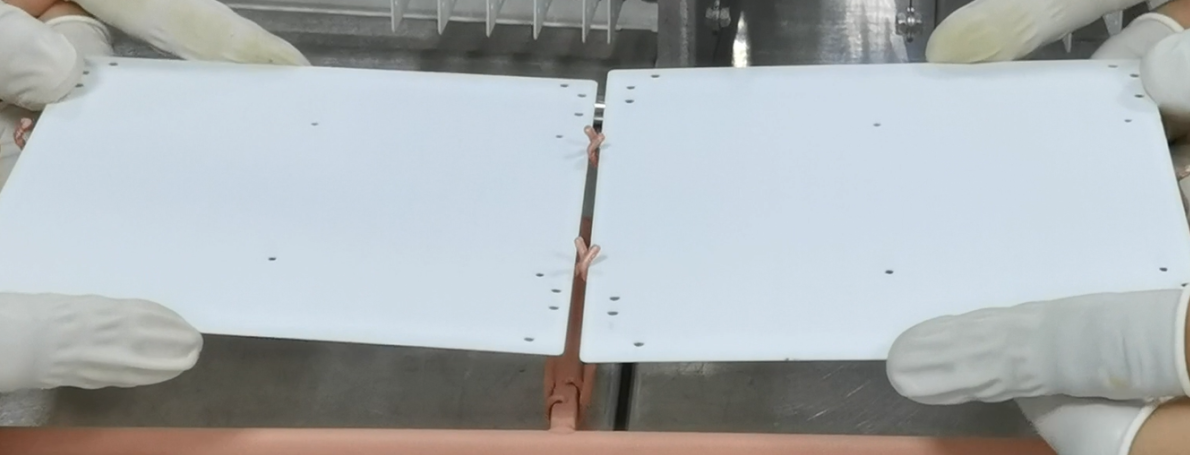

In the design of high-performance electronic PCB, selecting the right materials is crucial. Among the various available options, aluminum oxide (Al2O3) stands out as an excellent choice for ceramic PCB due to its outstanding thermoelectric properties. However, not all aluminum oxide substrates are created equal. In this and several subsequent news articles, we will delve into the subtle differences between two common variant materials: 96% aluminum oxide and 99% aluminum oxide. We will explore the uniqueness and advantages of the two different materials.
First, let's understand what aluminum oxide is.
Aluminum oxide ceramic substrates are primarily composed of white amorphous powder, commonly known as aluminum oxide or simply Al2O3. It has a density of 3.9-4.0 grams per cubic centimeter and a melting point of 2050°C, with a boiling point of 2980°C.
Aluminum oxide is insoluble in water and exhibits excellent performance in various applications. Ordinary aluminum oxide ceramics are classified based on their Al2O3 content, including 99%, 95%, 90%, 96%, 85%, and sometimes variants with 80% or 75% aluminum oxide.
99% aluminum oxide refers to aluminum oxide with a purity of 99.5% or 99.8%. It is white or ivory in color and has excellent attributes such as high wear resistance, resistance to acid and alkali corrosion, and the ability to withstand temperatures of 1600-1700 degrees Celsius. Additionally, it demonstrates good chemical stability, high electrical insulation, strong adsorption capacity, and wear resistance. Therefore, 99% aluminum oxide is widely used in various applications, including lighting fixtures, electronic devices, sandblasting nozzles, automotive parts, and wear-resistant components.
On the other hand, 96% aluminum oxide has a slightly lower purity than 99% aluminum oxide but still offers good thermal conductivity and insulating properties while being cost-effective.
Thus, 99% aluminum oxide and 96% aluminum oxide are the most commonly used raw materials in ceramic PCB, and in the next news article, we will focus on learning the differences between the two.